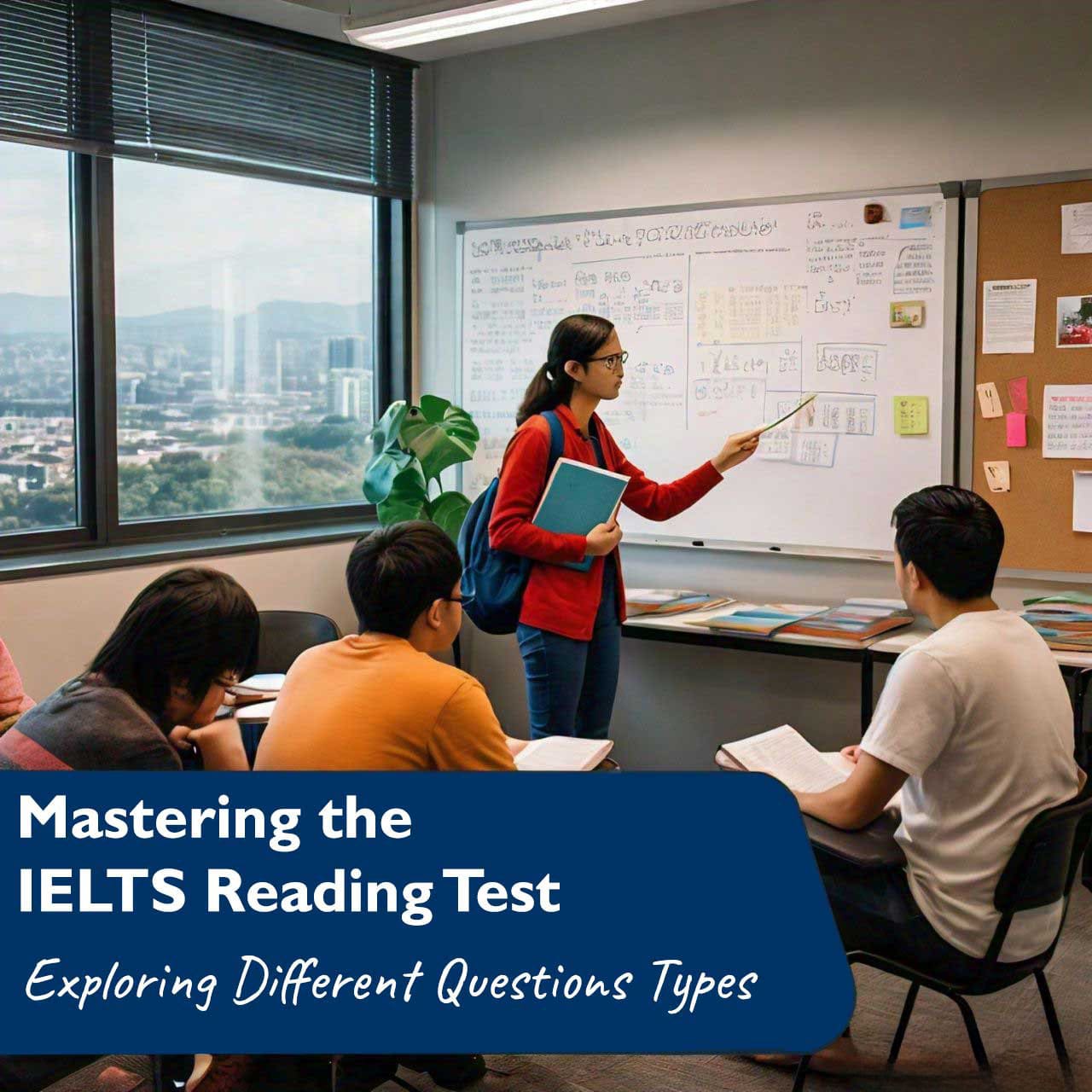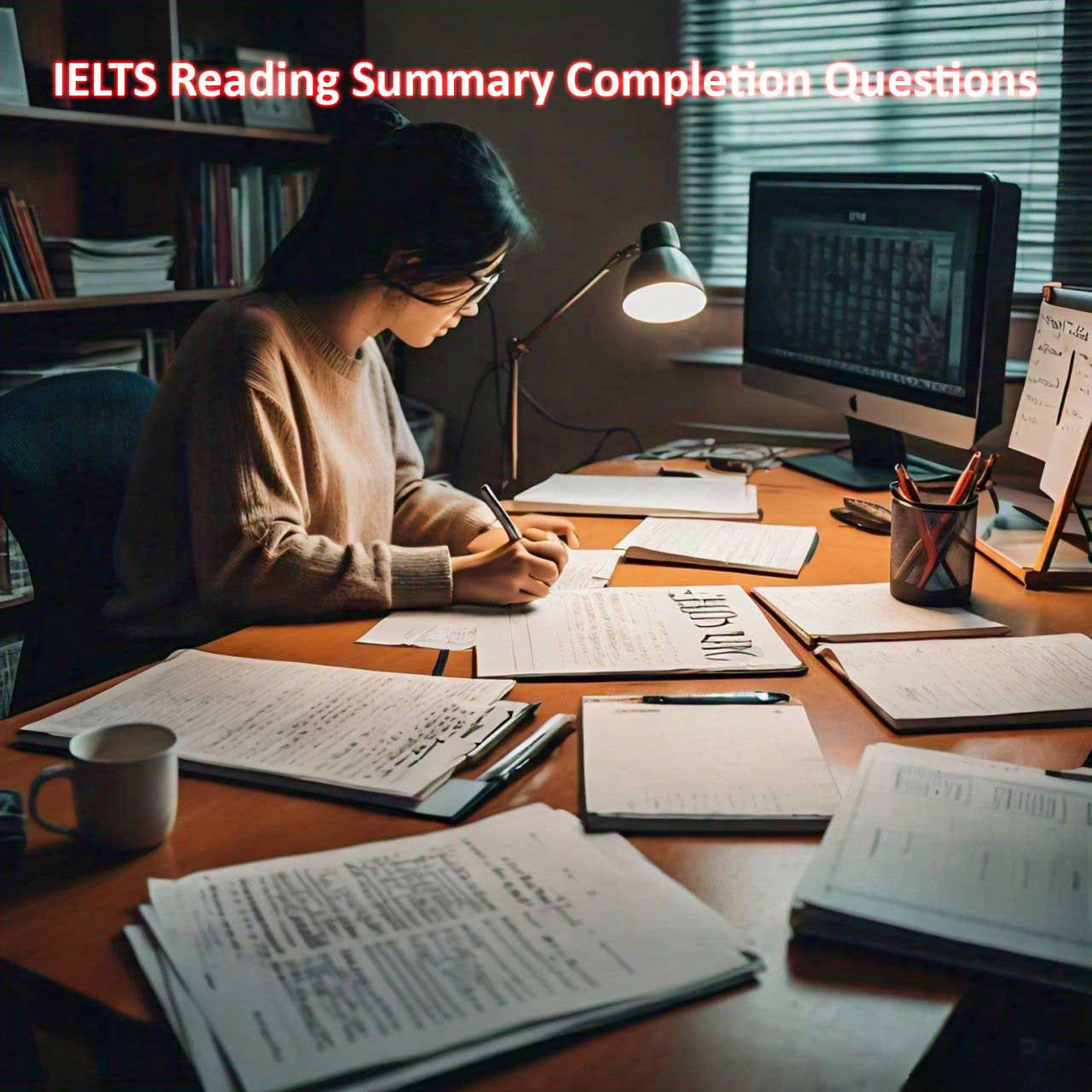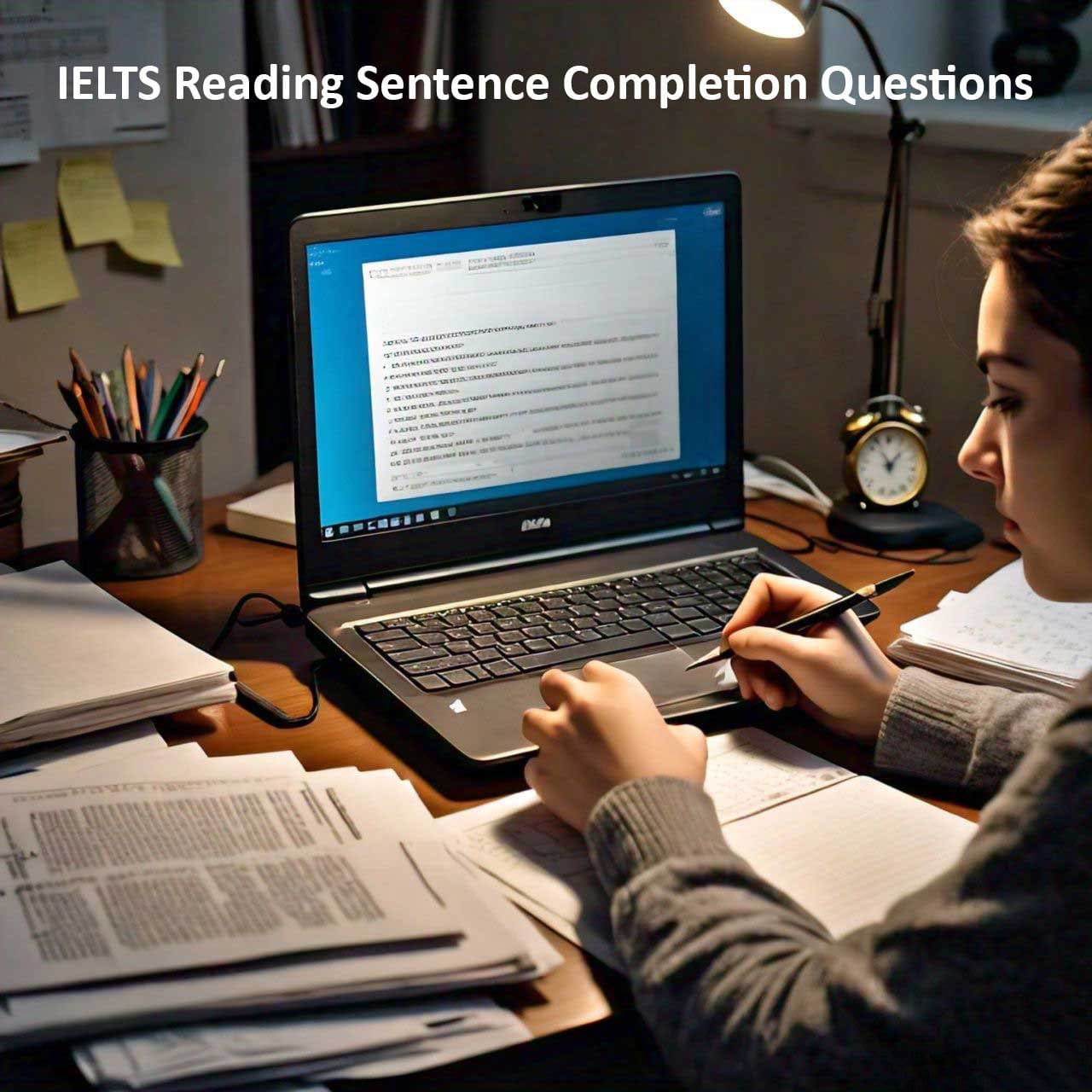The Reading section of the International English Language Testing System (IELTS) exam is designed to assess your ability to understand and interpret written texts in English. To excel in this section, it’s essential to familiarize yourself with the various types of questions you may encounter. In this blog post, we’ll delve into the different question types in the IELTS Reading test, providing valuable insights and strategies to help you tackle each one effectively.
Table of Contents
1. Multiple Choice Questions
Multiple choice questions in the IELTS Reading test require you to choose the correct answer from a list of options. These questions may test your understanding of specific details, main ideas, or opinions presented in the text.
Tips:
– Read the question and options carefully before scanning the text for relevant information.
– Pay attention to keywords and synonyms in the question and passage.
– Eliminate incorrect options to narrow down your choices if you’re unsure.
2. True/False/Not Given Questions
True/False/Not Given questions assess your ability to determine whether statements given in the question match the information in the text. You must decide if the statement is true, false, or if the information is not given in the passage.
Tips:
– Focus on the specific information mentioned in the text rather than your own opinions or assumptions.
– Be cautious of statements that are similar but not identical to information in the text.
– Remember that “Not Given” means the information is not mentioned in the passage, so avoid making assumptions.
3. Matching Headings/Information/Features
Matching questions require you to match headings, information, or features from the text to a list of options provided. These questions assess your ability to identify the main ideas, themes, or characteristics of different parts of the passage.
Tips:
– Skim the passage to get an overview of the main ideas and structure.
– Pay attention to key words and phrases in both the passage and the options.
– Eliminate options that do not correspond to the information in the text.
4. Sentence Completion/Summary/Notes/Table/Flowchart/Summary Completion
These questions involve completing sentences, summaries, notes, tables, flowcharts, or summaries based on information provided in the passage. You may need to fill in missing words, phrases, or numbers to complete the given task.
Tips:
– Read the instructions carefully to understand what information you need to complete.
– Scan the passage for relevant information, paying attention to contextual clues.
– Focus on paraphrasing and understanding the meaning of the text rather than exact wording.
5. Matching Paragraph Information/Headings/Features
Matching paragraph information, headings, or features questions require you to match paragraphs or sections of the text to a list of options. These questions assess your ability to identify the main idea or purpose of each paragraph or section.
Tips:
– Skim the passage to identify the main idea of each paragraph or section.
– Look for key words or phrases that indicate the topic or theme of each paragraph.
– Match each paragraph or section to the option that best represents its main idea or purpose.
Additional Tips for Success:
– Practice regularly with a variety of reading materials, including academic articles, newspapers, and magazines.
– Develop effective skimming and scanning techniques to quickly locate information in the text.
– Pay attention to your timing during practice tests to ensure you can complete the reading section within the allotted time.
– Review your answers carefully before submitting them to catch any errors or inconsistencies.
By familiarizing yourself with the different question types in the IELTS Reading test and implementing effective strategies, you can approach the exam with confidence and maximize your chances of success. Remember to practice regularly, stay focused during the test, and trust in your preparation. With dedication and perseverance, you can achieve your desired band score and take a significant step towards your academic or professional aspirations.



